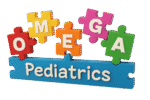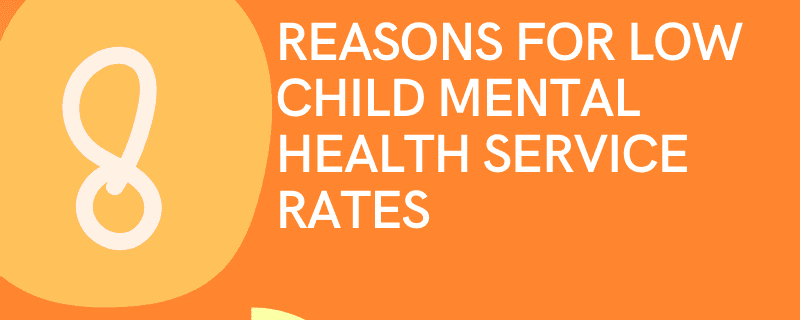
The age at which children begin to walk can vary, but the average age for children to start walking is typically around 12 months. However, it’s important to note that children develop at their own pace, and there is a wide range of what is considered normal in terms of reaching physical and developmental milestones. If you have concerns about your child’s development, it’s always a good idea to consult with a pediatrician or healthcare provider.
In addition to walking, there are several other significant milestones in physical development that children typically reach as they grow. These milestones can be categorized into gross motor skills, fine motor skills, and hand-eye coordination.
Gross motor skills involve the use of large muscle groups and are essential for activities like rolling over, sitting up, crawling, standing, and walking.
Fine motor skills involve the use of small muscle groups, particularly in the hands and fingers. These skills include reaching, grabbing, and manipulating objects.
Hand-eye coordination is the ability to use the eyes to guide the hands to perform tasks. It plays a crucial role in tasks such as reaching for objects, grasping them, and manipulating them with precision.
Here is a typical timeline of physical development in young children:
0-3 months:
- Lifting and turning the head
- Making grasping and sucking motions
- Developing hand-eye coordination
- Moving arms and legs
4-6 months:
- Rolling over
- Sitting up with support
- Reaching for objects
- Putting objects in the mouth
- Beginning to crawl or scoot
7-9 months:
- Sitting up without support
- Crawling or scooting more efficiently
- Pulling up to a standing position
- Beginning to cruise (walking while holding onto furniture)
10-12 months:
- Taking first steps independently
- Walking more confidently
- Beginning to climb stairs
- Fine motor skills developing (picking up small objects, using utensils)
1-2 years:
- Running and jumping
- Kicking and throwing balls
- Beginning to use a spoon and fork
- Scribbling with crayons
2-3 years:
- Climbing and balancing on playground equipment
- Pedaling a tricycle
- Using scissors to cut paper
- Building towers with blocks
3-4 years:
- Hopping and skipping
- Catching and throwing balls with more accuracy
- Drawing recognizable pictures
- Dressing and undressing independently
These milestones provide a general guideline for physical development, but it’s important to remember that every child is unique and may reach these milestones at different times. Supporting and encouraging your child’s physical development through play, exploration, and age-appropriate activities can help foster their overall growth and well-being.



